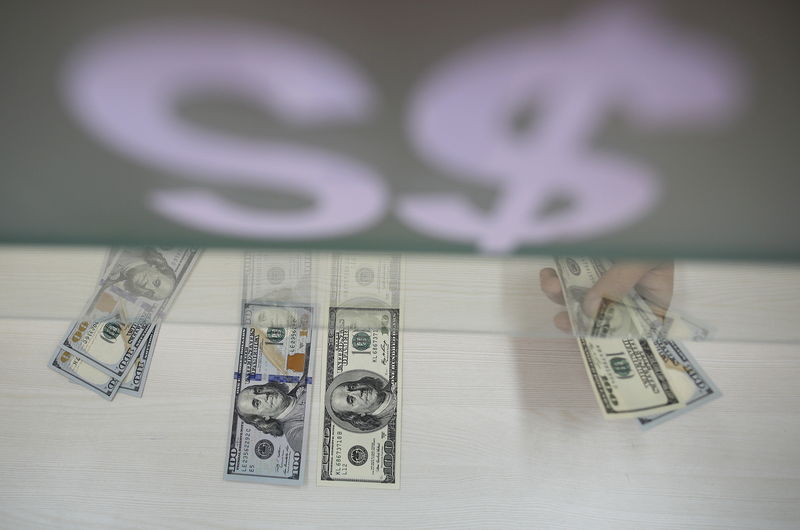Street Calls of the Week
* Fed keeps door open to September rate hike
* Second quarter U.S. GDP report due later in day
* Euro down almost a cent since Fed statement
* Commodity-linked currencies struggling again
By Patrick Graham
LONDON, July 30 (Reuters) - The dollar rose to its highest level this week on Thursday after the U.S. Federal Reserve took another small step towards raising interest rates later this year, reinvigorating those betting on another surge for the dollar if and when the Fed delivers.
As expected, the Fed gave no clear indication on timing but what it did say was enough to encourage those analysts who have been sticking with forecasts for a September rate rise even as the market priced them out in recent weeks.
In early trade in Europe, the euro was down more than a cent against the dollar compared with levels seen before the Fed made its monthly policy statement on Wednesday, falling back to around $1.0950, its lowest since last Friday.
The dollar index rose a further 0.4 percent from the U.S. close to 97.377. .DXY . It was also 0.2 percent higher at 124.2 yen.
"The fact they weren't worried about anything else outside the U.S. economy - China or any of the other risks out there - has allowed people to move on," Bank of New York Mellon (NYSE:BK) head of global research, Simon Derrick, said.
He said that pointed to further falls in commodities prices and currencies closely linked to them. The Canadian dollar was down a third of a percent, the New Zealand dollar 0.6 percent and the Norwegian crown around 0.4 percent.
"If we do now get bulled up again about the dollar, the big commodities currencies are set for a pretty thin August," Derrick said.
Second quarter gross domestic product data due later in the session could spur bets that the Fed will move in September.
"We're seeing some pretty good follow-through, in terms of U.S. dollar-buying," RBC Capital Markets' senior currency strategist, Sue Trinh, said.
"It's not a done deal, but we are still of the view that a September lift-off is on the cards, contingent on the view that the data out of the U.S. continues to be firm," she said.
One big mover was the Swedish crown, which rose around half a percent on a better-than-expected reading of second-quarter gross domestic product numbers.
The Swedish economy, which had been struggling against the threat of deflation, expanded by 3 percent year on year, the data showed. The crown, which hit its lowest since February on Wednesday, was up 0.4 percent against the euro at 9.4550 crowns.
